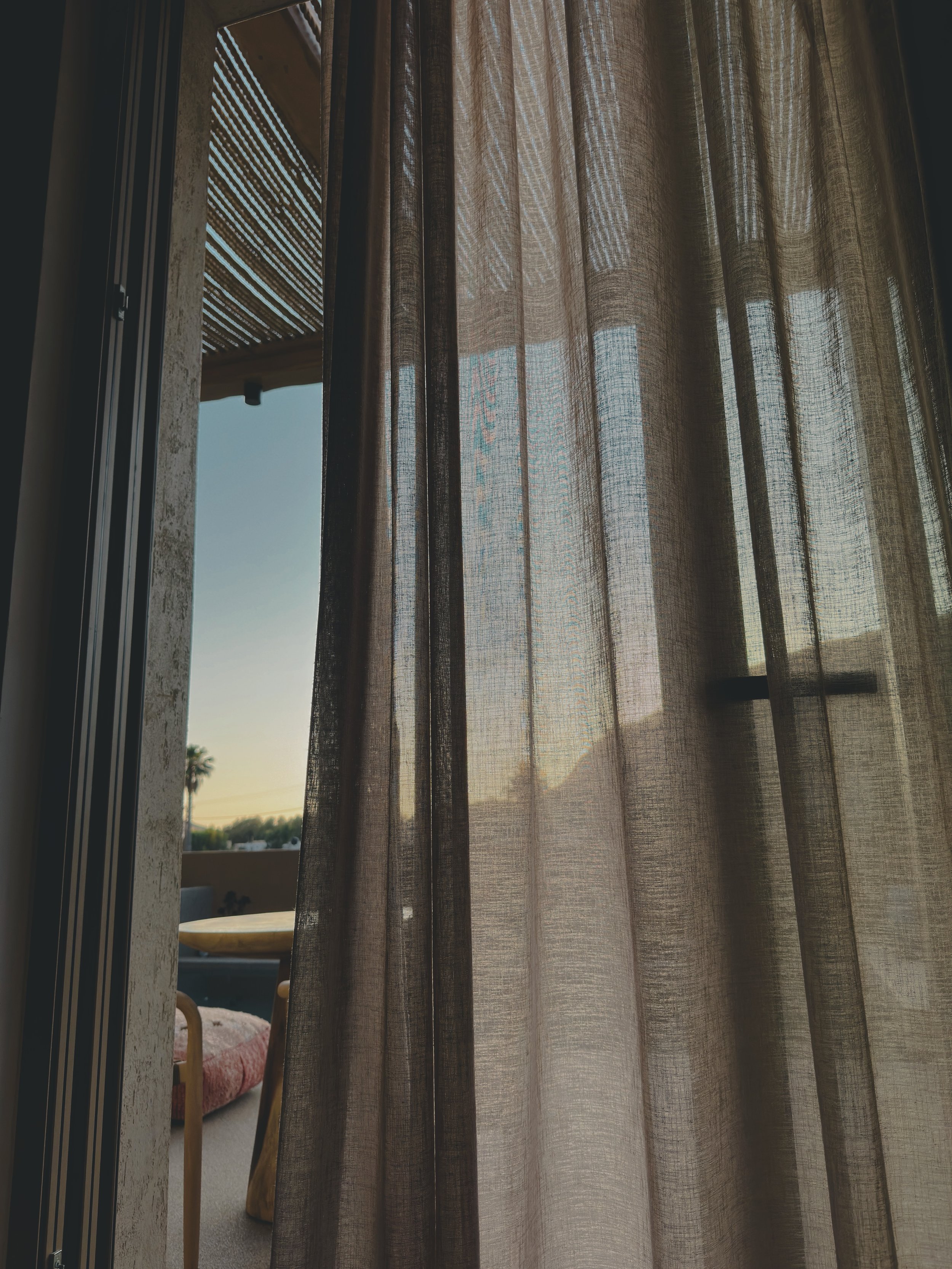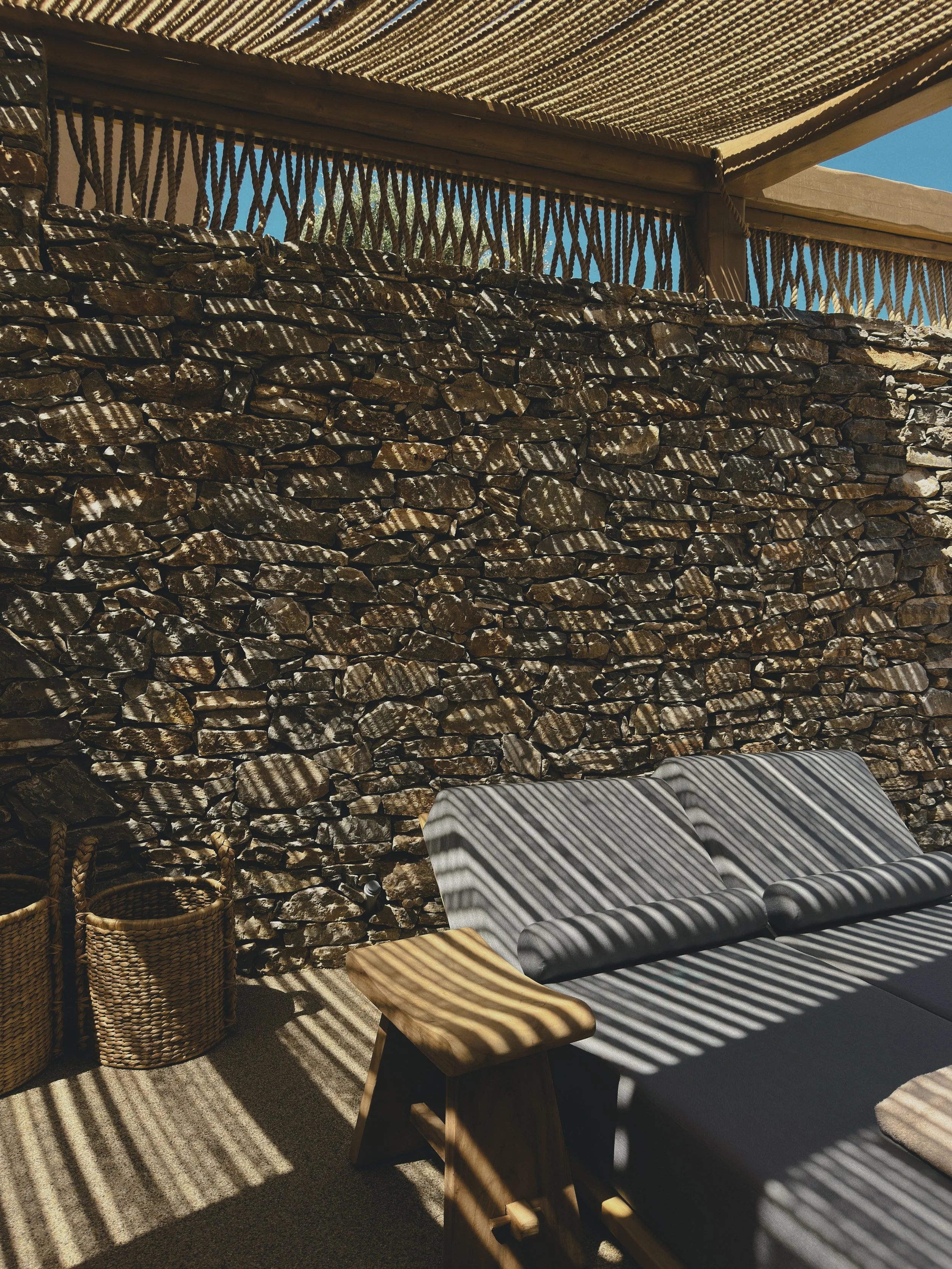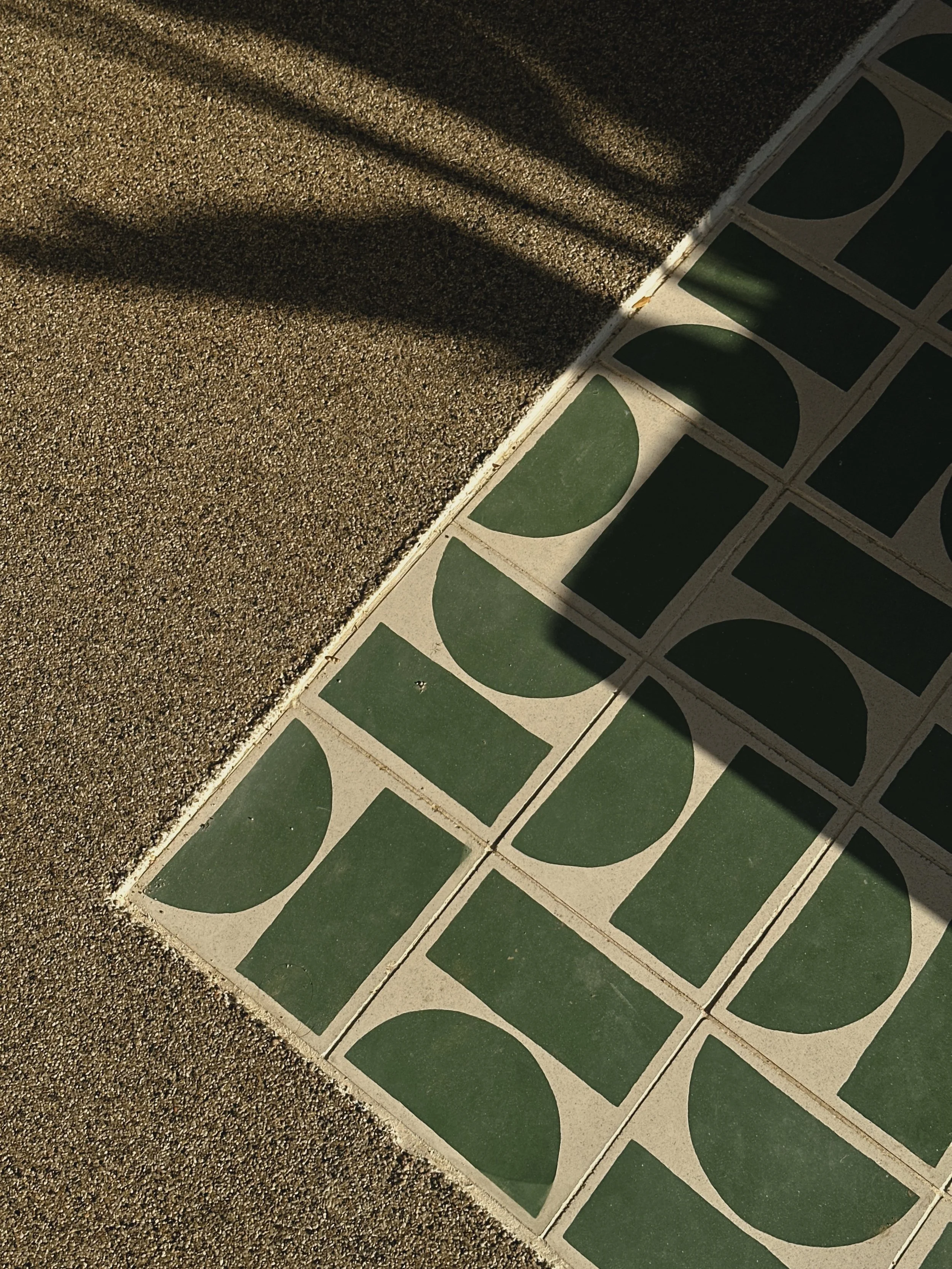Spaces that remember: Hospitality and Belonging
There’s something ancient about the way light hits stone in Crete. The landscape carries memory of wind, salt, and human hands shaping it over centuries. And there’s something radical about designing modern life around these same materials.
I recently spent time at ADAMA in Matala, a new hospitality project I also photographed. It’s a cluster of homes and suites built like a village, imagined like a feeling. Nothing about it feels staged.
The textures, the palette, the air moving through open corridors, everything seems to fit its surroundings with ease.
It reminded me of something we rarely name in branding, architecture, or design: the difference between creating for function and creating for belonging.
Belonging is difficult to design for because it can’t be manufactured. It’s the sum of choices that feel right in relation to place in the way materials respond to light, how transitions are handled, how the body moves through space. It’s an intelligence that exists before concept, something intuitive that guides form long before the brief is written.
What makes a space feel like home, even when it isn’t? For me it’s the sense that your body doesn’t have to negotiate with it. The temperature feels right, the sounds make sense, the materials seem to understand use and time. You recognise yourself in the logic of the place, and the place, in turn, seems to recognise you.
ADAMA was designed and built by ZaloSpaces and Tzagkarakis + Associates, with interiors by Carola Born of Hidden Gem Home. What stood out most was the balance of refinement and rawness held together in equal measure. The project has a sense of coherence that doesn’t need to be explained.
Crete itself amplifies that feeling. The sound of cicadas, the heat radiating off the stone, the night air carrying the scent of herbs… everything insists on slowness. Time stretches here. It’s a place that reminds you how architecture once began: as a dialogue with land and light.
It made me think about how we design experiences, in physical environments, online, and within brands.
The same principles apply: the relationship between form and feeling, clarity and warmth, structure and life. When that relationship is right, people settle. The nervous system recognizes safety; attention becomes steady.
Design, at its best, isn’t about control. It’s about creating conditions where things can align. You can sense when a space, an identity, or a voice has integrity and when it corresponds to its own nature. That recognition creates trust.
This is the kind of design that guides my work. Whether I’m developing a brand, shaping a strategy, or writing a narrative, I’m drawn to what feels coherent. I want places, ideas, and people to hold their shape without strain.
Because that’s what creates connection and that’s what lasts.
words + photography by Jean Linda Balke






